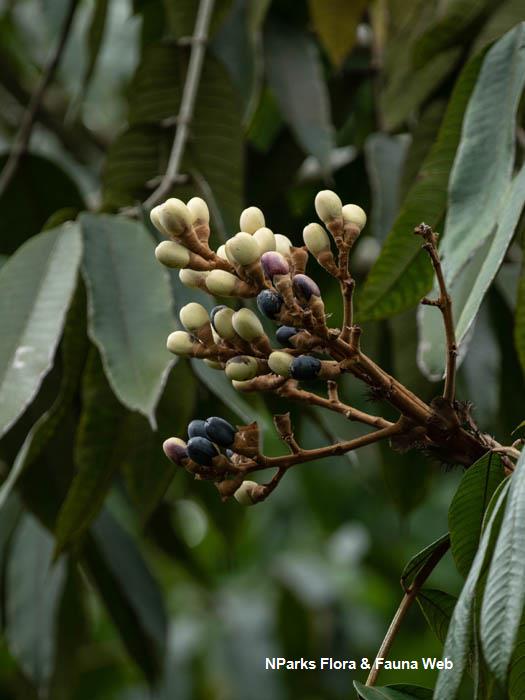
Back
Canarium odontophyllum Miq.
| Family Name: | Burseraceae |
| Synonyms: | Canarium beccarii Engl., Canarium multifidum H.J. Lam |
| Common Name: | Dabai, Kambayau |
Dabai (Canarium odontophyllum) is a tall tree with buttress roots and can grow up to 36 m tall in tropical forests on riverbanks, hillsides and limestone forests. Its edible bluish-black fruit is usually seasonal to the months of July to August and November to December in its native range. Ripe fruit has yellow flesh with a creamy olive-like taste and the whole fruit need to be soaked in hot water to soften the skin before it can be eaten.
Name
Classifications and Characteristics
| Plant Division | Angiosperms (Flowering Seed Plants) |
|---|---|
| Plant Growth Form | Tree (Big (>30m)) |
| Lifespan (in Singapore) | Perennial |
Biogeography
| Native Distribution | Malaysia, Indonesia, Philippines |
|---|---|
| Native Habitat | Terrestrial |
| Preferred Climate Zone | Tropical |
Description and Ethnobotany
| Growth Form | A tree up to 36 m tall, with a buttressed trunk up to 86 cm in diameter. |
|---|---|
| Foliage | Leaves are oblong to lanceolate with pointed tips, up to 40 cm long and 10 cm wide. Leaf margin is dentate to serrate. |
| Flowers | Flowers are borne in clusters in the leaf axils. Male flowers are 4-7 mm long and female ones 8-9 mm long, |
| Fruit | Fruits are ovoid to ellipsoid, up to 4 cm long and 2 cm wide. Fruits turn to purplish-black when fully ripe with yellow flesh. There is one seed in each fruit. |
| Habitat | Undisturbed lowland forests up to 600 m altitude, riverbanks, limestones |
| Cultivation | Both male and female trees need to be planted to have the fruit. |
| Ethnobotanical Uses | Edible Plant Parts : Edible Fruits Food (Fruit or Vegetable): Fruits are eaten raw by soaking in warm water to soften, having a creamy taste. Seeds can also be eaten as nuts. |
Landscaping Features
| Desirable Plant Features | Ornamental Foliage, Ornamental Fruits |
|---|---|
| Landscape Uses | Parks & Gardens |
| Thematic Landscaping | Economic Garden |
Fauna, Pollination and Dispersal
| Pollination Method(s) | Biotic (Fauna) |
|---|
Plant Care and Propagation
| Light Preference | Full Sun |
|---|---|
| Water Preference | Lots of Water, Moderate Water |
| Plant Growth Rate | Moderate |
| Rootzone Tolerance | Well-Drained Soils |
| Propagation Method | Seed, Grafting |
Foliar
| Foliage Retention | Evergreen |
|---|---|
| Mature Foliage Colour(s) | Green |
Floral (Angiosperm)
| Flower & Plant Sexuality | Unisexual Flowers |
| Flower Colour(s) | White |
|---|---|
| Flower Grouping | Cluster / Inflorescence |
Fruit, Seed and Spore
| Mature Fruit Colour(s) | Purple, Black |
|---|
Image Repository
Others
| Master ID | 29467 |
|---|---|
| Species ID | 3776 |
| Flora Disclaimer | The information in this website has been compiled from reliable sources, such as reference works on medicinal plants. It is not a substitute for medical advice or treatment and NParks does not purport to provide any medical advice. Readers should always consult his/her physician before using or consuming a plant for medicinal purposes. |

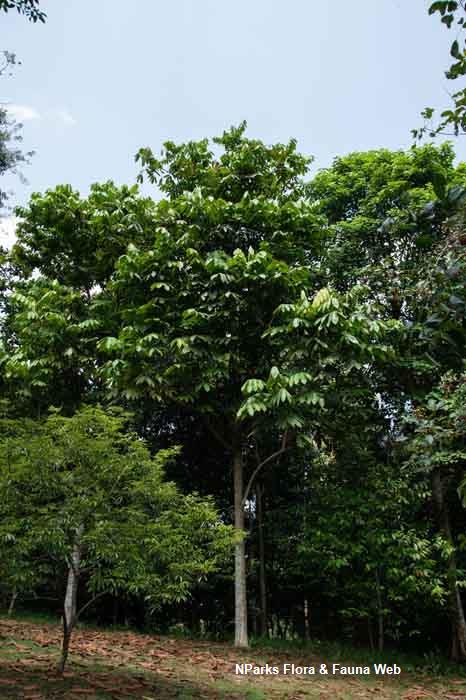
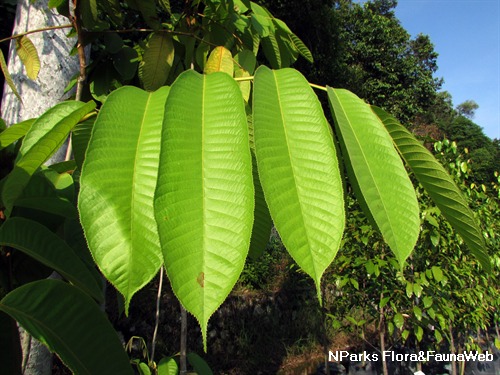
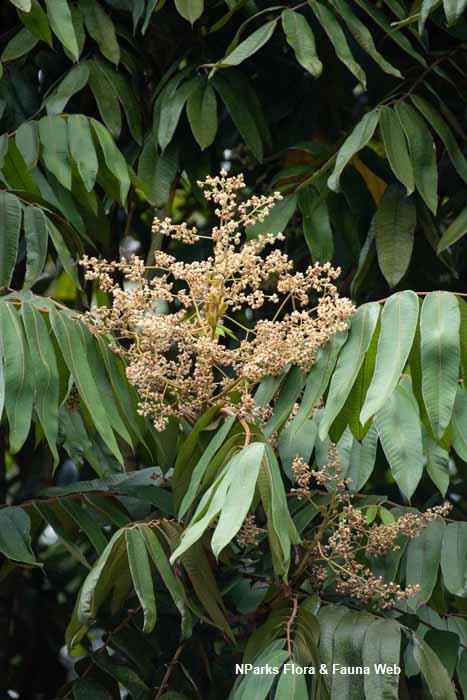
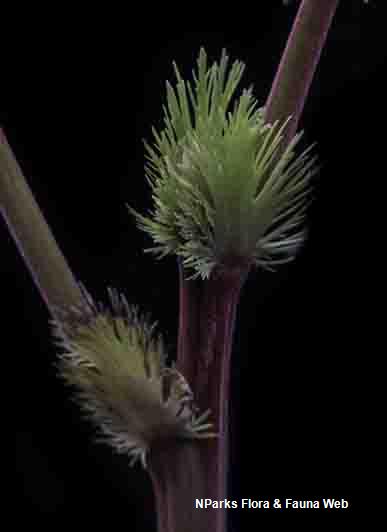
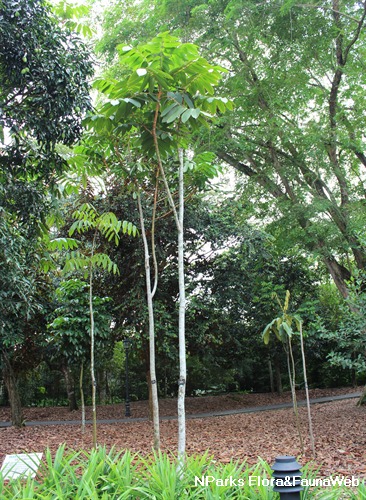
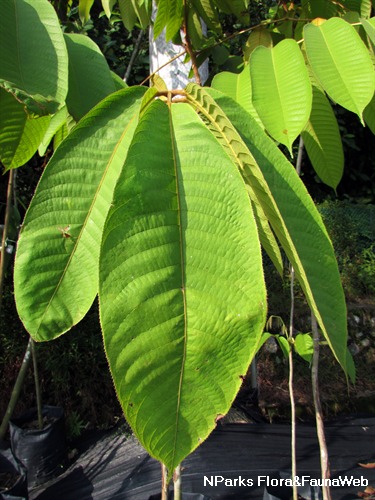
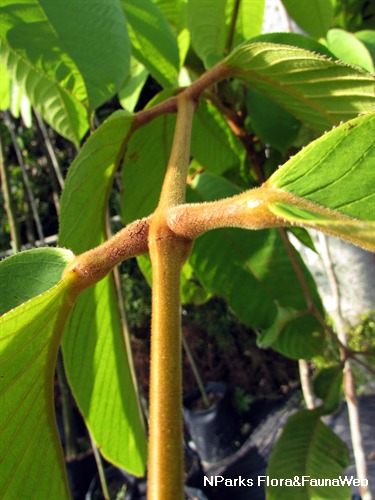
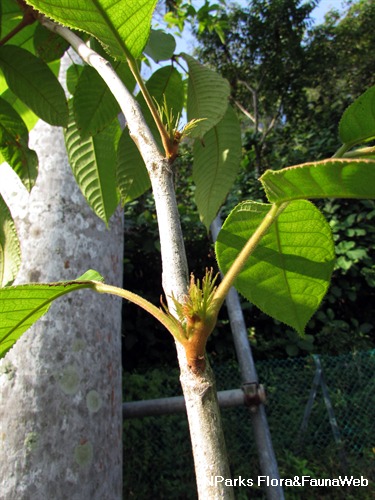
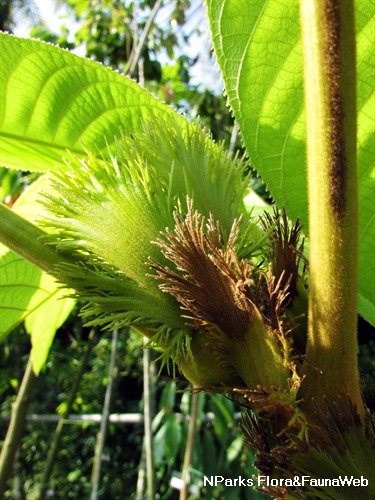
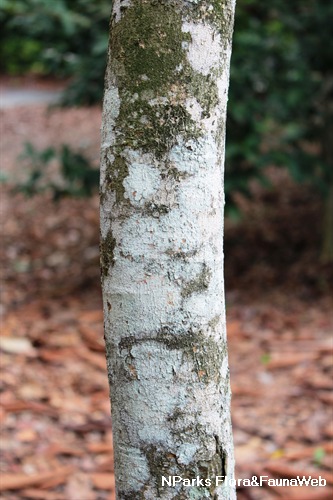
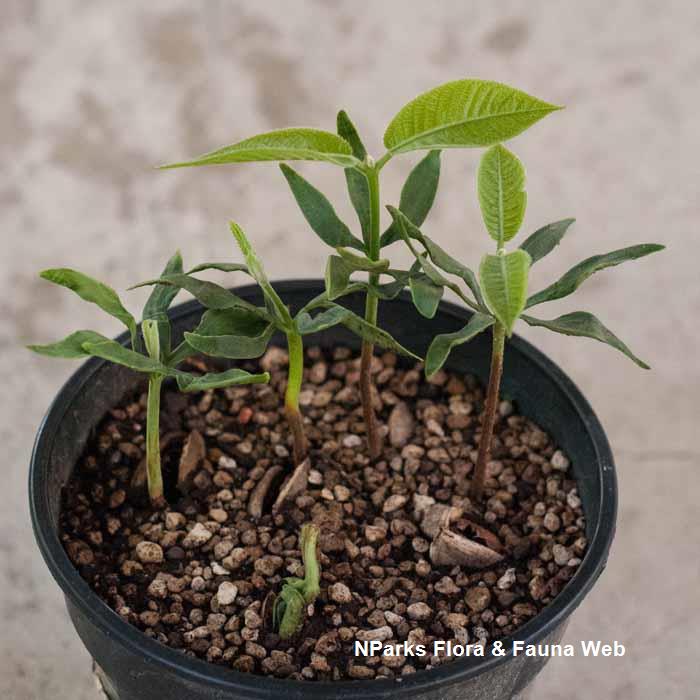
_lowres.jpg)
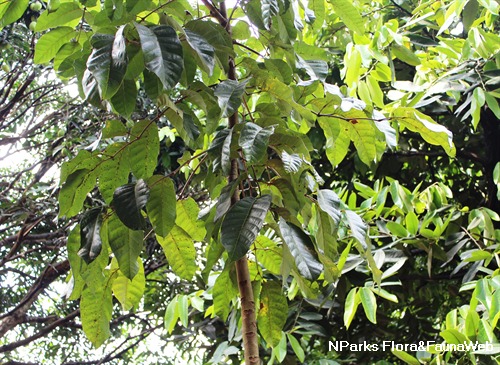
.jpg)
_lowres.jpg)